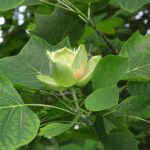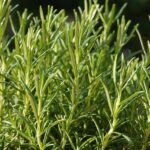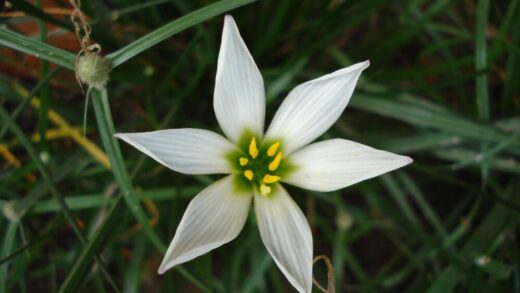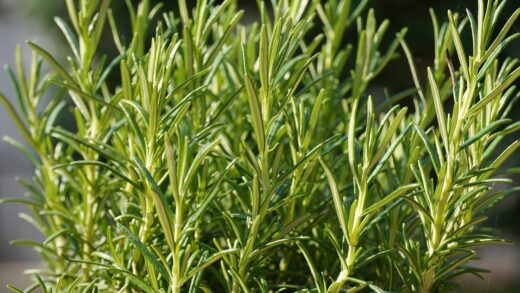Wintering of firethorn

Pyracantha is celebrated in gardens for its resilience and its ability to provide year-round interest, a quality that is never more appreciated than during the stark winter months. As an evergreen shrub, it retains its deep green foliage, offering structure and life to the dormant landscape. More strikingly, its branches are often laden with brilliant clusters of red, orange, or yellow berries, creating a spectacular display against the muted tones of winter, or even a dusting of snow. Understanding how this hardy plant endures the cold and what simple steps can be taken to support it through the winter will ensure it remains a healthy and vibrant feature of your garden.
The inherent hardiness of firethorn is one of its key attributes. Most varieties are rated for cold hardiness in zones 6 or 7, meaning they can comfortably withstand winter temperatures that dip well below freezing. This robustness is due to physiological adaptations within the plant that allow it to acclimate to falling temperatures in the autumn, preparing its cells to resist damage from ice crystal formation. For this reason, in the majority of temperate climates, established Pyracantha plants in the ground require very little in the way of special winter protection.
The visual contribution of firethorn to the winter garden cannot be overstated. The persistent berries provide a much-needed splash of intense color, brightening up grey days and serving as a focal point. These berries are not just ornamental; they are also a vital food source for wildlife. Many species of birds, such as blackbirds, thrushes, and waxwings, rely on these fruits to sustain them through the cold months when insects and other food sources are scarce. Watching birds flock to a firethorn to feast on its berries is one of the great joys of a winter garden.
While generally self-sufficient, there are certain conditions under which a firethorn may benefit from some winter care. Young plants, which have not yet developed an extensive root system or thick, woody stems, are more vulnerable to severe cold and winter winds. Similarly, plants grown in containers are at greater risk because their roots are not insulated by the large mass of surrounding earth. Recognizing these vulnerabilities allows the gardener to take simple, proactive steps to protect their plants and ensure they emerge from winter strong and healthy.
Preparing the plant for cold
As autumn progresses and before the first hard frost arrives, there are a few preparatory tasks that can help your firethorn navigate the winter successfully. One of the most important is to ensure the plant is well-hydrated. If the autumn has been dry, give the shrub a few deep waterings before the ground freezes. Evergreen plants like Pyracantha continue to lose some moisture through their leaves during the winter (a process called transpiration), and if the ground is frozen, they cannot replenish this water. A well-hydrated plant entering winter is much less likely to suffer from winter desiccation or “windburn.”
More articles on this topic
Applying a thick layer of organic mulch around the base of the plant in late autumn is another highly beneficial practice. A 7-10 centimeter layer of wood chips, shredded bark, or compost helps to insulate the root zone from extreme temperature fluctuations. This is particularly important for younger plants. The mulch acts like a blanket, keeping the soil temperature more stable and protecting the roots from the freeze-thaw cycles that can heave plants out of the ground.
It is generally advised to avoid any significant pruning of firethorn in the autumn. Pruning stimulates new growth, and any tender new shoots that emerge late in the season will not have sufficient time to harden off before the first frosts and will be easily damaged or killed by the cold. This can create entry points for diseases and cause unnecessary stress to the plant. Any major structural pruning should be left until late winter or early spring, just before the new season’s growth begins.
Finally, inspect the plant for any existing signs of pests or diseases before winter sets in. Removing any heavily infested or diseased branches can help to reduce the number of overwintering pests or fungal spores, giving the plant a cleaner start in the spring. Raking up and disposing of any fallen leaves from around the base of the plant is also good practice, particularly for reducing the inoculum of diseases like Pyracantha scab.
Protection for container plants
Firethorn grown in containers is significantly more exposed to winter cold than its counterparts in the garden bed. In a pot, the roots are surrounded by only a thin layer of soil and the container wall, lacking the vast insulation provided by the earth. This makes the root ball susceptible to freezing solid, which can severely damage or kill the roots and, consequently, the entire plant. Therefore, containerized Pyracantha requires specific measures for winter protection.
More articles on this topic
The simplest method of protection is to move the container to a more sheltered location. Placing the pot against a south-facing wall of the house can provide a surprising amount of protection, as the wall will absorb heat during the day and radiate it back at night, creating a warmer microclimate. An unheated garage, shed, or cold greenhouse are also excellent locations to overwinter container plants, protecting them from the harshest temperatures and biting winds.
If moving the pot is not feasible due to its size or weight, insulating the container itself is the next best option. You can wrap the outside of the pot with materials like bubble wrap, burlap, or old blankets to provide an extra layer of insulation. Grouping several container plants together can also help, as they will collectively create a larger mass that is more resistant to temperature swings. Piling straw or leaves around and between the pots can further enhance this insulating effect.
Watering for container plants must be carefully managed during the winter. While you want to prevent the compost from drying out completely, over-watering is a major risk. Cold, saturated compost can quickly lead to root rot. Check the compost every few weeks by touching it; if it feels dry a few centimeters down, give it a small amount of water, preferably on a milder day when it is less likely to freeze immediately. Ensure the pot has excellent drainage so that any excess water can escape freely.
Winter damage and recovery
Even with the best care, a particularly harsh winter can sometimes cause damage to a firethorn. One of the most common types of winter injury is leaf scorch or windburn. This occurs when cold, dry winds draw moisture from the evergreen leaves faster than the plant can replace it from the frozen ground. The result is brown, dry, and “scorched” looking foliage, often most prominent on the side of the plant exposed to the prevailing wind.
Another potential issue is damage from heavy snow or ice. The weight of a significant accumulation can bend or even break the branches of a Pyracantha. While the thorny, interlocking structure of the shrub is quite resilient, an unusually heavy load can cause significant structural damage. If a heavy snowfall is forecast, you can gently brush some of the snow off the branches periodically to lighten the load, but be careful not to be too rough, as frozen branches can be very brittle.
In the spring, as new growth begins to emerge, you can fully assess the extent of any winter damage. Any branches that have been broken should be pruned back to a healthy side shoot or to the main stem. For foliage that has suffered from windburn, it is often best to wait and see. In many cases, the plant will shed the damaged leaves and produce a fresh flush of new growth to replace them. You can then prune out any remaining dead tips or branches that do not show signs of recovery.
Fortunately, Pyracantha is an incredibly resilient plant and will almost always recover well from winter damage. A light application of a balanced fertilizer in the spring and ensuring the plant is adequately watered can help it to bounce back more quickly. Even in severe cases where a large portion of the top growth has been killed, the plant can often be rejuvenated by cutting it back hard, as it will readily regrow from the base.


















